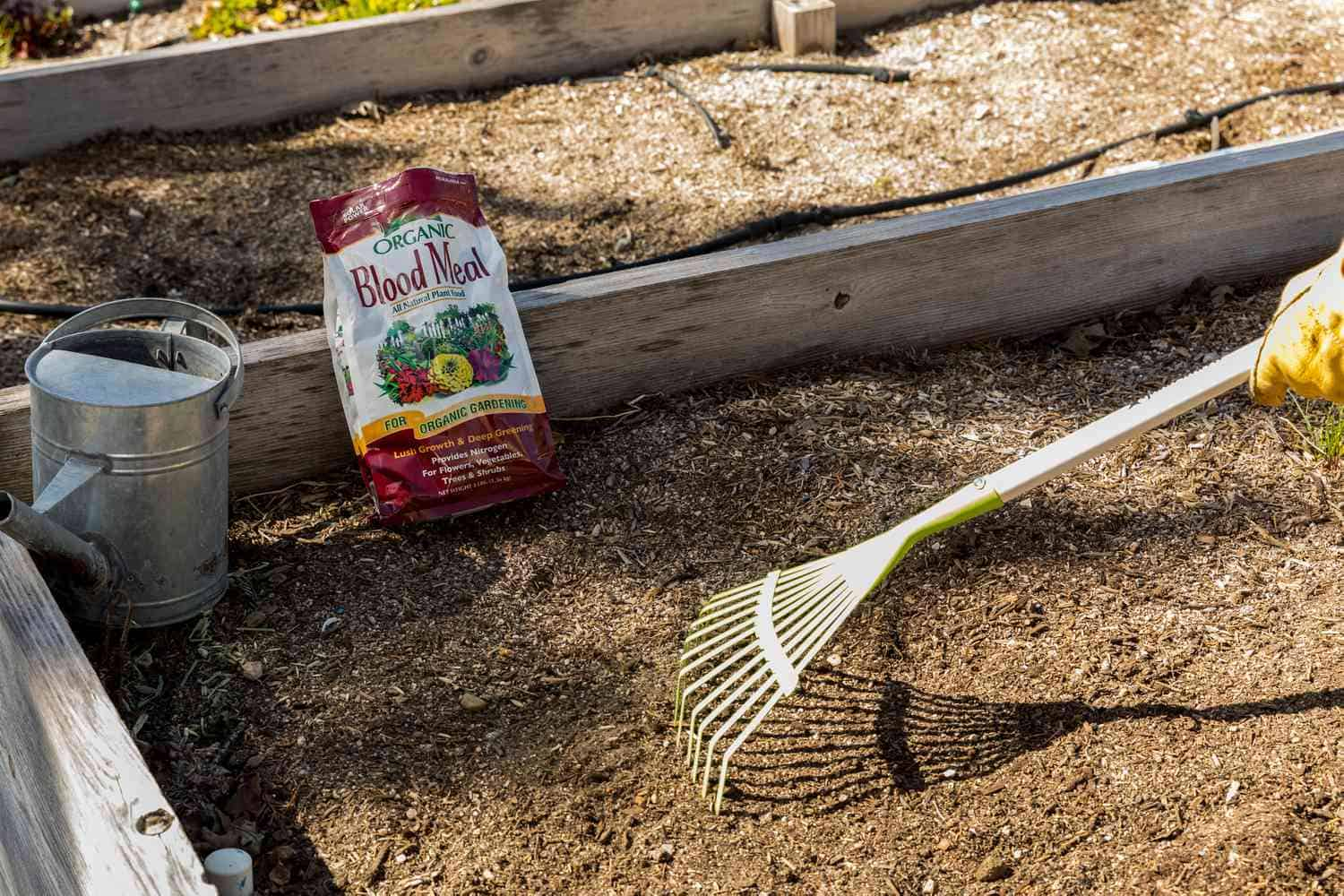Picture this: It’s mid-July, and I’m standing in my vegetable garden, staring at what should have been my prize tomato plants. Instead of the lush, green giants I’d envisioned, I’m looking at pale, stunted plants with yellowing leaves that seem to be giving up on life. My neighbor’s garden next door? Absolutely thriving.
That humbling moment three summers ago taught me one of the most important lessons in gardening: your plants can’t perform miracles if the soil doesn’t give them what they need. And more often than not, what they’re missing is nitrogen.
If your plants are struggling despite your best efforts, if your vegetable yields are disappointing, or if your garden just doesn’t have that vibrant, healthy look you see in magazines, chances are you’re dealing with nitrogen deficiency. The good news? It’s completely fixable, and you don’t need a chemistry degree or a huge budget to do it.
Why Your Plants Are Secretly Starving for Nitrogen
Think of nitrogen as plant fuel – but not just any fuel. It’s premium gasoline for your garden. Nitrogen makes up 3-4% of plant tissue, which is more than any other nutrient except carbon, hydrogen, and oxygen. Without adequate nitrogen, plants simply can’t manufacture the building blocks they need to thrive.
Here’s what nitrogen actually does for your plants:
- Powers Photosynthesis: Nitrogen is a key component of chlorophyll, the green pigment that captures sunlight and converts it into energy. No nitrogen means weak photosynthesis, which means sluggish growth.
- Builds Plant Proteins: Just like humans need protein to build muscle, plants need nitrogen to create amino acids and proteins for strong cell structure, enzyme production, and overall plant architecture.
- Creates Genetic Material: Nitrogen is essential for DNA and RNA formation, allowing plants to grow and reproduce properly.
- Fuels Growth: Nitrogen directly supports vigorous leaf and stem development. It’s why well-fed plants have that rich, deep green color and robust appearance.
- Supports Reproduction: Adequate nitrogen helps plants develop strong reproductive structures, leading to better flowering, fruit set, and seed production.
The challenge is that nitrogen is incredibly mobile in soil. Unlike other nutrients that bind to soil particles, nitrogen exists mostly as nitrate ions that dissolve easily in water. Rain washes it away, soil bacteria consume it, and plants quickly use up what’s available. This means even if you started with nitrogen-rich soil, levels can drop surprisingly fast.
Red Flags: How to Spot Nitrogen Deficiency Before It’s Too Late
Learning to read your plants is like developing a sixth sense. Once you know what to look for, nitrogen deficiency becomes obvious long before your plants reach crisis mode.
The Classic Warning Signs:
- Yellowing older leaves: This usually starts from the bottom of the plant and works upward. The plant is essentially cannibalizing its older foliage to feed new growth.
- Stunted growth: Plants look smaller than they should for their age and seem to be growing in slow motion.
- Pale green color overall: Instead of rich, vibrant green, everything looks washed out or lime-colored.
- Poor fruit and flower production: Blooms are sparse, fruits are small, or plants drop blossoms without setting fruit.
- Thin, weak stems: The plant structure looks fragile and can’t support itself properly.
- Delayed maturity: Plants take longer to reach harvest stage than expected.
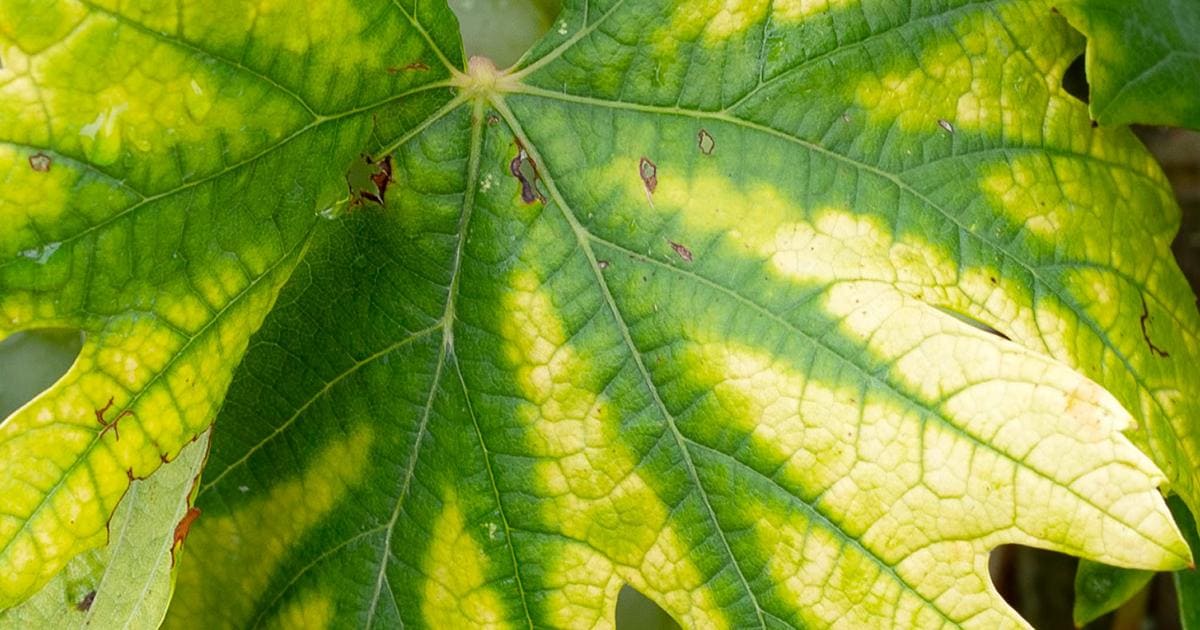
I learned to catch these signs early after that tomato disaster. Now, I do weekly garden walks specifically looking for these symptoms, and it’s saved me countless harvests.
Quick Visual Check: Grab a healthy leaf from a well-fed plant and compare it to yours. The difference in color intensity is usually dramatic when nitrogen is the issue.
Find out Why Are My Cucumber Leaves Turning Yellow? Top Causes & Solutions
The Smart Way to Test Your Soil (Don’t Skip This Step!)
Before you start throwing nitrogen at your garden, take 20 minutes to actually understand what you’re working with. Trust me on this – soil testing has prevented me from making expensive mistakes more times than I can count.
- Home Testing Options:
For most gardeners, a basic soil test kit from your local garden center will tell you everything you need to know. Look for one that tests NPK levels (nitrogen, phosphorus, potassium) plus soil pH. The results won’t be laboratory-precise, but they’ll be accurate enough for garden decision-making.

- Professional Testing:
If you’re serious about gardening or dealing with larger areas, send samples to your county extension office or a soil lab. This usually costs $15-30 but gives you detailed nutrient breakdowns and specific recommendations.
- The Reality About Nitrogen Testing:
Here’s something most blogs won’t tell you: nitrogen levels in soil change constantly. What you measure today might be different next week due to weather, microbial activity, and plant uptake. This is why many experienced gardeners rely more on plant observation than soil tests for nitrogen management.
Testing Pro Tip: Take samples from multiple areas of your garden and mix them together. Soil can vary dramatically even within a small space. Test in late spring for the most accurate reading of what’s available to your plants during the growing season.
Quick Nitrogen Fixes When Your Plants Need Help NOW
Sometimes your plants can’t wait for slow-release organic amendments to kick in. When you’re facing a nitrogen emergency, these fast-acting solutions can turn things around within days.
Liquid Fish Emulsion: The Garden Game-Changer
Fish emulsion became my go-to rescue remedy after I saw it revive a dying pepper plant in just five days. Yes, it smells terrible for about 24 hours, but the results are undeniable.
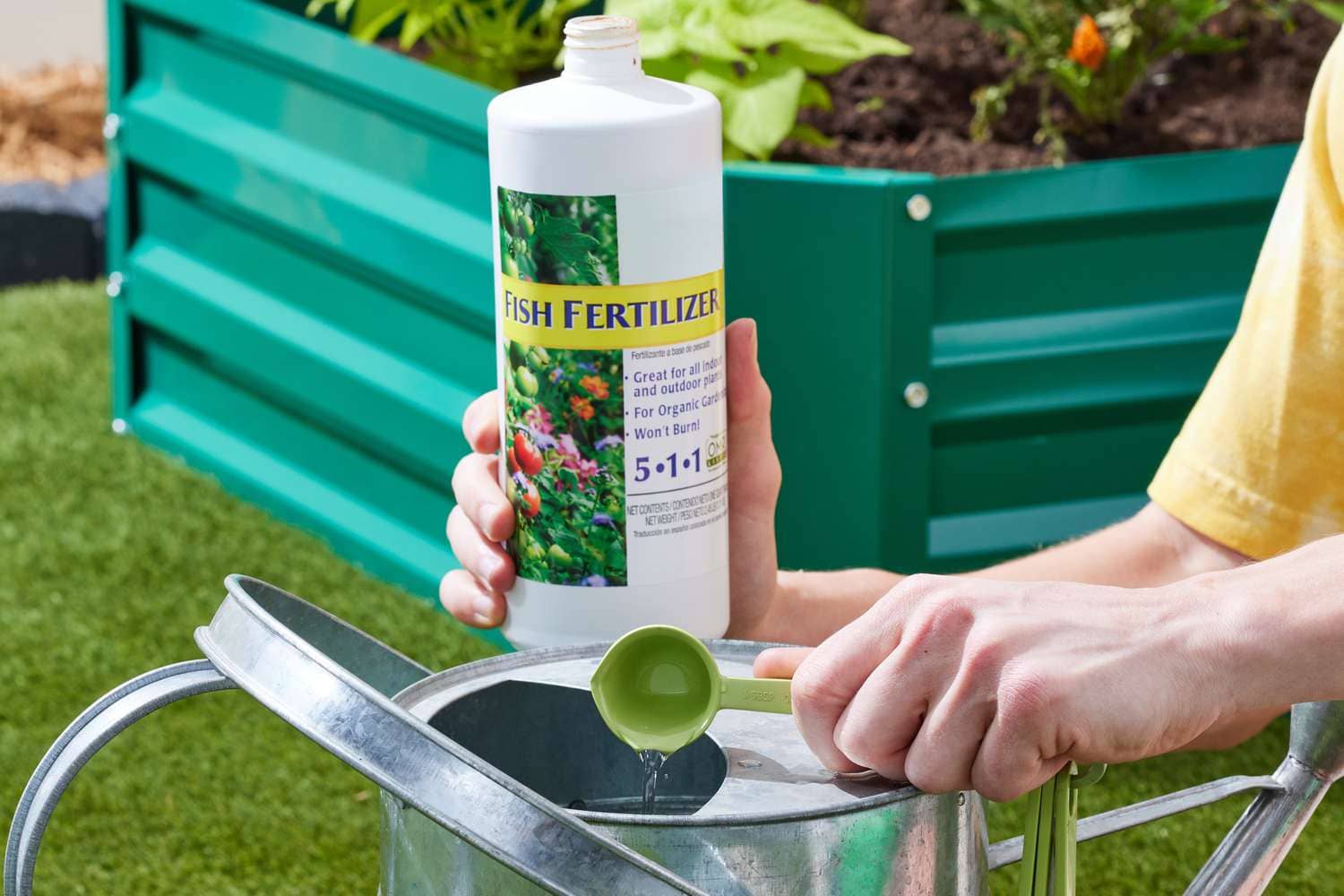
How to use it: Mix 1-2 tablespoons per gallon of water and apply every 7-10 days during the growing season. You can water it directly onto soil or use it as a foliar spray early in the morning. Expect to see greener leaves within 2-3 days.
Blood Meal: Concentrated Nitrogen Power
Blood meal is essentially plant protein powder – it contains 12-15% nitrogen and works fast. I keep a bag on hand for emergency plant intervention.

- Application: Use 1-2 tablespoons per plant, sprinkling around the base and watering in thoroughly. For larger areas, apply 1-2 pounds per 100 square feet. Be careful not to let it touch plant stems directly, as it can cause burning.
- Important note: Blood meal can attract animals, so work it into the soil immediately and water well.
Here’s How To Attract Hedgehogs to Your Garden with These Simple Tips
Alfalfa Meal: The Gentle Alternative
For gardeners uncomfortable with blood meal, alfalfa meal provides 2.5% nitrogen with 2% potassium as a bonus. It’s plant-based and releases nutrients at a moderate pace.
Application: Apply 2-5 pounds per 100 square feet, working into soil before planting or as a side-dress around established plants.
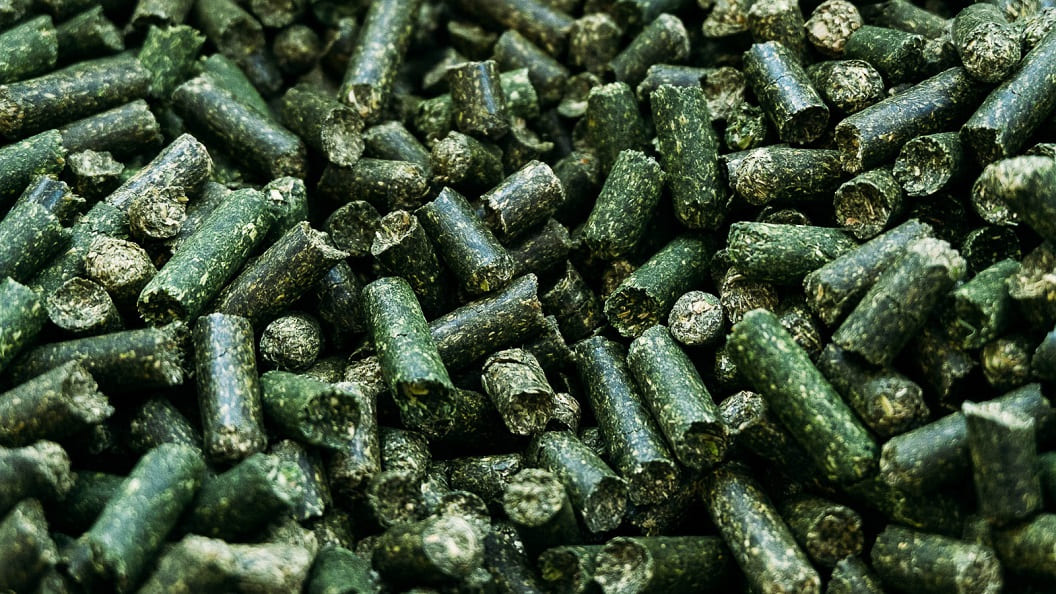
Synthetic Fertilizers: When You Need Maximum Speed
While this guide focuses on organic methods, sometimes synthetic nitrogen fertilizers are the fastest solution for severe deficiency. Products like urea (46% nitrogen) or ammonium sulfate (21% nitrogen) provide immediately available nitrogen.
- When to consider synthetics: Severe deficiency in mid-season when crops can’t wait for organic sources to break down.
- Caution: Synthetic fertilizers can easily burn plants and harm soil biology. Use sparingly and follow package directions exactly. Consider them a last resort, not a regular practice.
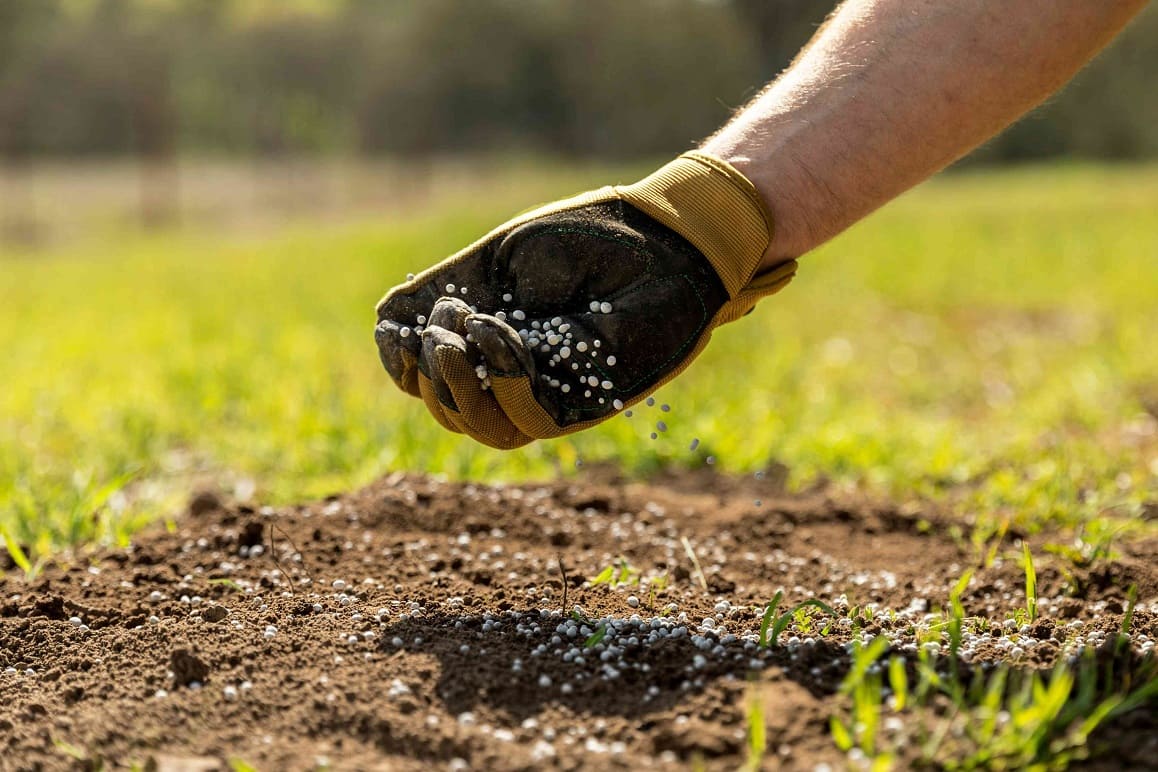
The Controversial but Effective Urine Solution
Before you click away in disgust, hear me out. Diluted human urine is sterile, free, and contains more nitrogen than most commercial fertilizers. I was skeptical until I tried it on a section of struggling lettuce.
The method: Dilute fresh urine 10:1 with water (20:1 for young plants). Apply around plant bases, never on leaves. Use only from healthy individuals and never on root vegetables you’ll eat raw.
Manure Tea: Liquid Gold for Your Garden
Making manure tea feels a bit like brewing the world’s strangest beverage, but plants absolutely love it.
Simple recipe: Fill a bucket 1/3 with aged manure, top with water, let steep for 3-7 days (stirring occasionally), then strain and dilute the liquid 1:1 with water before applying.
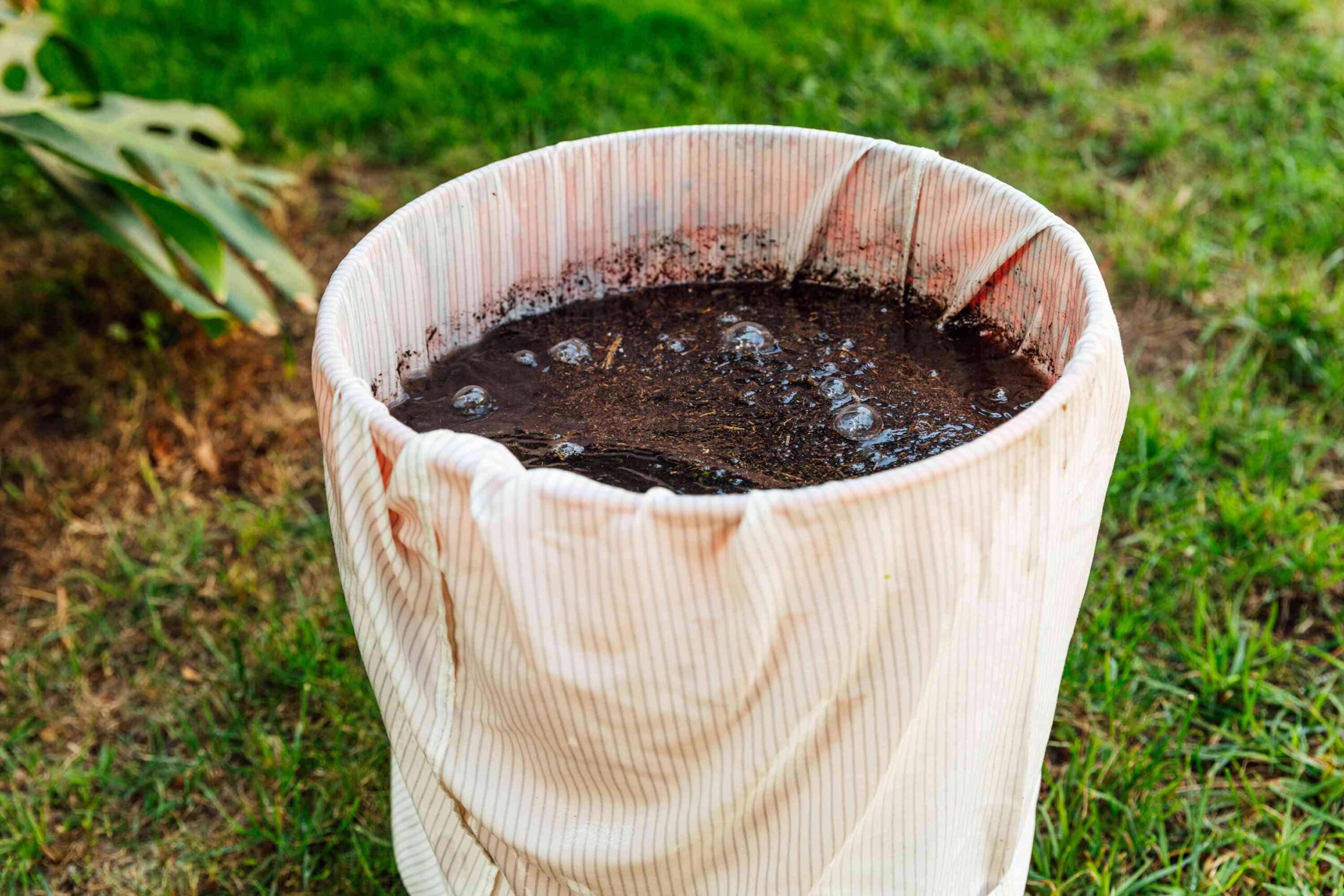
Building Nitrogen Naturally: Long-term Soil Health Strategies
Quick fixes are great for emergencies, but building lasting soil fertility is where the real magic happens. These strategies work slowly but create self-sustaining nitrogen cycles that reduce your future workload.
The Four-Category Crop Rotation System
Smart crop rotation can naturally manage nitrogen levels by understanding that different plant families have different nutrient needs:
- Legumes (beans, peas, clover): Fix nitrogen from the air and leave it in soil
- Leafy crops (lettuce, spinach, cabbage): Heavy nitrogen feeders
- Root crops (carrots, beets, radishes): Moderate nitrogen needs, prefer potassium
- Fruiting crops (tomatoes, peppers, squash): Heavy feeders early, less nitrogen when fruiting
Rotation strategy: Follow nitrogen-hungry crops with nitrogen-fixing legumes, then move to moderate feeders, creating a natural fertilizer cycle.
Composting: Your Soil’s Best Friend
Good compost is like a multivitamin for soil – it provides nitrogen along with countless other nutrients and beneficial microorganisms. The key is balancing green materials (nitrogen-rich) with brown materials (carbon-rich) at a 1:3 ratio.
My composting breakthrough: I used to struggle with smelly, slow compost until I learned the proper carbon-to-nitrogen ratio. Now I get dark, rich compost in 3-4 months instead of over a year.
Nitrogen-rich “green” materials for compost:
- Kitchen vegetable scraps
- Fresh grass clippings (pesticide-free)
- Coffee grounds and tea bags
- Fresh manure (aged at least 6 months before using)
- Seaweed and kelp
Carbon-rich “brown” materials:
- Dry leaves
- Straw and hay
- Shredded paper
- Wood chips and sawdust
Understanding Different Manure Types
Not all manure is created equal. Each type has different nitrogen levels and characteristics:
- Chicken Manure: Highest nitrogen content (3-6%) but “hottest” – must be aged 6-12 months or composted before use. For aged applications, use 70 pounds per 100 square feet. Learn How to Compost Chicken Manure here!
- Cow Manure: Lower nitrogen (1-3%) but gentler and easier to handle. Use 200 pounds per 100 square feet. Often readily available from dairy farms.
- Horse Manure: Moderate nitrogen (2-4%) and usually mixed with bedding that adds carbon. Use 65 pounds per 100 square feet. Great for improving soil structure.
- Rabbit Manure: The only “cold” manure that can be applied fresh without burning plants. Small quantities but perfect for container gardens and direct application.
Application timing: Apply manure in fall for spring gardens, allowing winter weather to mellow the nutrients. Fresh manure (except rabbit) should never be applied directly to growing plants or close to harvest time.
The Coffee Grounds Hack
As a coffee addict, I generate plenty of used grounds, and they’ve become one of my favorite soil amendments. Coffee grounds contain about 2% nitrogen and improve soil structure by adding organic matter.
- Best practices: Sprinkle used grounds around plants and rake lightly into soil. Limit to a thin layer – no more than ¼ inch thick – as heavy applications can form a water-repelling crust. Mix with other organic matter for best results.
- Pro tip: Coffee shops often give away used grounds for free. Call ahead and many will save bags for you.

Grass Clippings: Free Nitrogen from Your Lawn
Every time you mow, you’re creating free nitrogen fertilizer. Fresh grass clippings contain 2-4% nitrogen and break down relatively quickly, releasing nutrients over 4-6 weeks.
- Smart application: Apply a thin layer (1-2 inches) around plants as mulch. Let clippings dry slightly first to prevent matting. Avoid clippings from lawns treated with herbicides or pesticides within the past month.
- Double benefit: Grass clipping mulch retains soil moisture and suppresses weeds while slowly releasing nitrogen.
Learn about Chop and Drop Gardening: Build Healthy Soil the Easy Way
Feather Meal: The Season-Long Nitrogen Source
With 12-15% nitrogen content, feather meal rivals blood meal but releases nutrients slowly over 4-6 months, making it perfect for season-long feeding without risk of burning.
Best use: Apply 2-3 pounds per 100 square feet in early spring before planting. Unlike blood meal, it won’t burn plants even with heavy application, making it ideal for long-term soil building.
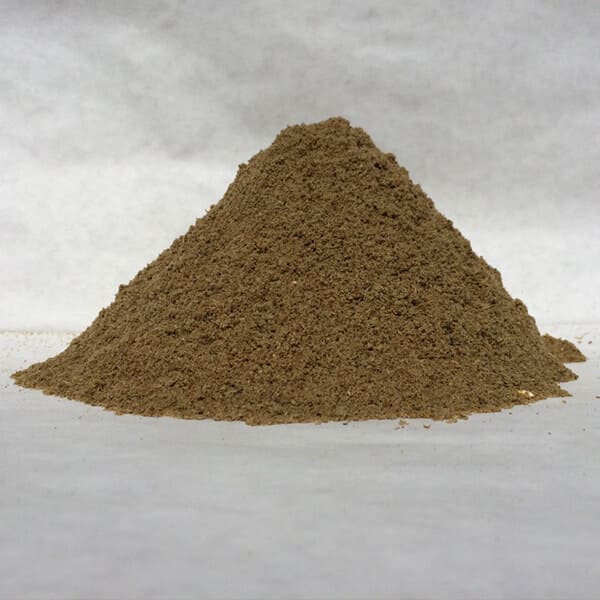
Advanced Techniques: Working with Nature’s Nitrogen Factory
Once you understand the basics, you can tap into natural systems that create nitrogen automatically. These techniques require more planning but offer the biggest long-term payoffs.
Nitrogen-Fixing Plants: Nature’s Fertilizer Factories
Legumes like beans, peas, and clover have a superpower – they partner with Rhizobia bacteria that live in root nodules to pull nitrogen from the air and convert it into plant-usable forms. When these plants die or are cut down, they release this nitrogen to surrounding plants.
The science: These bacteria can fix 40-300 pounds of nitrogen per acre annually, depending on the crop and growing conditions. Soybeans might have hundreds of nodules per plant, while peanuts can have thousands.
Strategic planting:
- Plant beans or peas where you’ll grow heavy nitrogen feeders (like corn or tomatoes) the following season
- Use clover as living mulch around perennial plants
- Interplant nitrogen-fixers throughout your garden for continuous soil improvement
Personal success story: I started interplanting bush beans throughout my vegetable garden three years ago. Not only do I get a bean harvest, but my neighboring plants consistently perform better, and my soil tests show steadily improving nitrogen levels.
Cover Crops: The Off-Season Soil Builders
Cover crops work while your garden rests, building soil fertility for the next growing season. Nitrogen-fixing cover crops like crimson clover, hairy vetch, and winter peas can add 40-200 pounds of nitrogen per acre.
Popular nitrogen-fixing cover crops:
- Crimson clover: Easy to grow, beautiful flowers, fixes 40-100 lbs N/acre
- Hairy vetch: Hardy, aggressive grower, fixes 50-150 lbs N/acre
- Red clover: Perennial option, fixes 80-200 lbs N/acre
- Austrian winter peas: Cold-hardy, fixes 50-150 lbs N/acre
Practical approach: In late summer, sow cover crop seeds in areas that will be empty through winter. In spring, cut plants down 2-3 weeks before planting and either till them in or let them decompose on the surface.
Polyculture and Companion Planting
Instead of growing single crops in isolation, mixing plants strategically can boost nitrogen availability naturally. The classic “Three Sisters” combination (corn, beans, squash) exemplifies this – beans fix nitrogen that corn uses, while squash mulches the soil.
Modern polyculture ideas:
- Plant lettuce between slow-growing tomato plants
- Interplant nitrogen-fixing beans with heavy feeders like cabbage
- Use nitrogen-fixing ground covers around fruit trees
Find out Why Marigolds Are the Ultimate Companion Plant for Your Garden
Understanding Nitrogen Loss and Retention
Knowing how nitrogen escapes from soil helps you prevent waste and maximize efficiency.
How Nitrogen Disappears
- Leaching: Nitrate dissolves in water and washes below the root zone. This is most common in sandy soils and during heavy rainfall periods.
- Denitrification: In waterlogged soils, bacteria convert nitrate to nitrogen gas that escapes to the atmosphere. This happens when soil stays saturated for 2-3 days.
- Volatilization: Ammonia-based fertilizers can evaporate as gas, especially in high-pH soils or when left on the surface in hot weather.
- Immobilization: When you add high-carbon materials like wood chips or straw, soil microbes temporarily tie up nitrogen to decompose these materials. The nitrogen is eventually released, but plants may experience temporary deficiency.
Soil Type Matters
- Sandy soils: Drain quickly but lose nitrogen through leaching. Need frequent, smaller applications of nitrogen.
- Clay soils: Hold nutrients well but can become waterlogged, leading to denitrification losses. Benefit from organic matter to improve drainage.
- Loamy soils: The goldilocks of soils – good drainage but retain nutrients well. Ideal for most nitrogen management strategies.
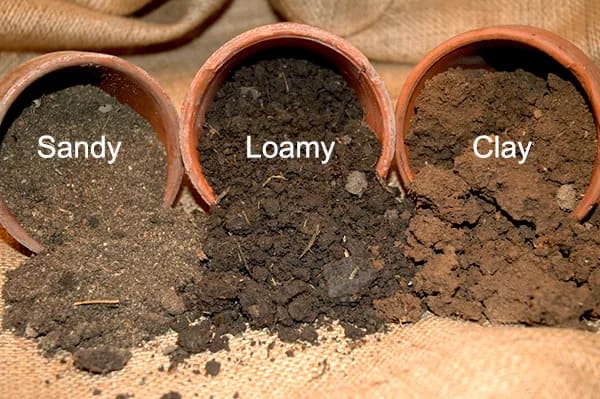
Prevention Strategies
- Apply nitrogen when plants can use it immediately
- Use slow-release organic sources in sandy soils
- Improve soil drainage in heavy clay soils
- Cover soil with mulch to reduce volatilization
- Time applications to avoid heavy rain periods
Timing is Everything: When and How to Apply Nitrogen
Getting the timing right can mean the difference between thriving plants and wasted effort. Nitrogen availability depends heavily on soil temperature, moisture, and plant growth stages.
Seasonal Strategy
- Early Spring (soil temperature 50°F+): Apply slow-release nitrogen sources like compost, blood meal, and feather meal as soil warms up. This gives plants steady nutrition as they begin their main growth phase.
- Late Spring/Early Summer: Supplement with liquid fertilizers like fish emulsion for plants showing deficiency symptoms or during peak growth periods. This is when most plants have their highest nitrogen demand.
- Mid-Summer: Reduce nitrogen for fruiting plants once they begin setting fruit. Continue feeding leafy greens and heavy feeders like corn.
- Late Summer: Stop nitrogen applications 6-8 weeks before expected frost to allow plants to harden off properly. Excess nitrogen late in season can delay fruit ripening and reduce plant cold hardiness.
- Fall: Add organic matter like compost and aged manure that will break down slowly over winter, releasing nutrients for spring growth. This is the best time for major soil building efforts.
Daily Timing Tips
- Apply liquid fertilizers early morning or evening to prevent leaf burn
- Water thoroughly after applying dry fertilizers to prevent root burn
- Avoid fertilizing during hot, dry periods when plants are stressed
- Never apply nitrogen to waterlogged soil, as it will likely wash away or be lost to denitrification
Regional Considerations
- Northern climates: Apply nitrogen later in spring as soils warm slowly. Focus on cold-hardy nitrogen sources early in season.
- Southern climates: Begin nitrogen applications earlier but watch for rapid loss during intense summer heat and rainfall.
- Arid regions: Use slow-release sources and time applications with irrigation to prevent salt buildup.
The Dark Side: How Too Much Nitrogen Can Ruin Your Garden
Here’s what nobody wants to talk about: it’s entirely possible to love your plants to death with too much nitrogen. I learned this lesson the hard way with a patch of lettuce that grew beautiful but tasted bitter as medicine.
Here’s How to Get Rid of Bitter Taste in Cucumbers With 4 Simple Techniques
Signs of Nitrogen Overload
- Excessive leafy growth: Plants look lush and green but produce few flowers or fruits
- Weak, succulent stems: Plants can’t support their own weight and are prone to breaking or lodging
- Delayed maturity: Fruits take longer to ripen or never reach full maturity
- Increased pest problems: Soft, nitrogen-rich plant tissue attracts more aphids, caterpillars, and other insects
- Bitter-tasting vegetables: Especially noticeable in leafy greens like lettuce and spinach
- Disease susceptibility: Overfed plants are more prone to fungal diseases
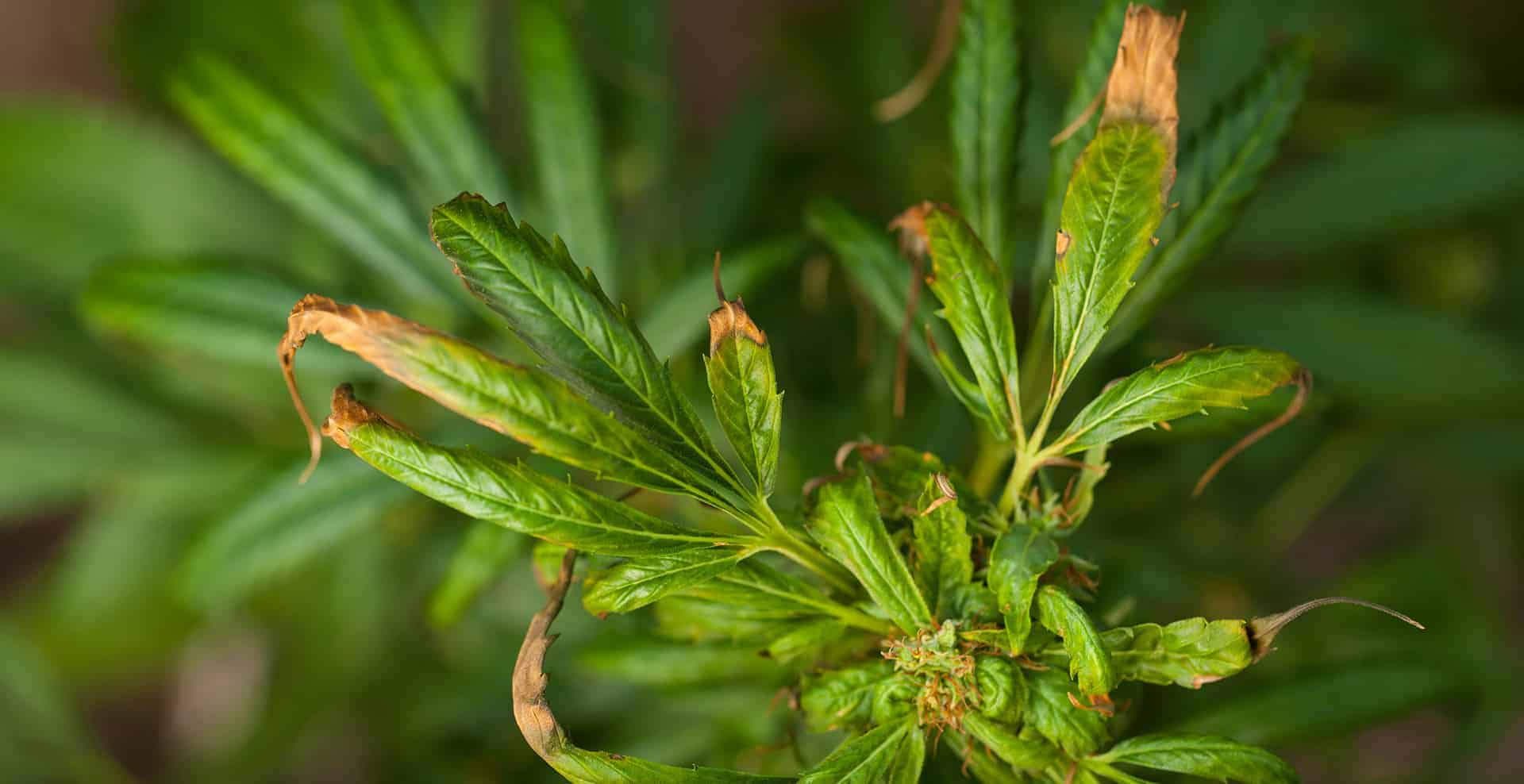
The Immobilization Factor
When you add high-carbon materials like fresh wood chips, sawdust, or straw to soil, microorganisms need nitrogen to break them down. This can temporarily “tie up” soil nitrogen, creating deficiency symptoms even in nitrogen-rich soil.
Solution: When adding high-carbon materials, also add nitrogen sources or compost to prevent temporary immobilization. A ratio of about 30:1 carbon to nitrogen works well.
Prevention Strategies
- Start conservatively: It’s easier to add more nitrogen than to remove excess
- Monitor plant response: Watch for changes in growth patterns after fertilizing
- Balance nutrients: Ensure phosphorus and potassium levels keep pace with nitrogen
- Consider plant needs: Fruiting plants need less nitrogen once they start producing
- Test regularly: Annual soil tests help track nutrient buildup over time
The Environmental Reality
Excess nitrogen doesn’t just disappear – it leaches into groundwater or runs off into waterways, contributing to pollution and algae blooms. Responsible nitrogen management protects both your garden and the broader environment.
Alternative Nitrogen Sources Worth Considering
Seaweed and Kelp
If you live near the coast, seaweed is an excellent nitrogen source plus trace minerals. Fresh seaweed can be used directly as mulch or composted. Dried kelp meal is available commercially and provides steady nutrient release.
Application: Fresh seaweed can be applied directly as mulch (rinse salt off first), or compost it for 3-6 months. Kelp meal: 1-2 pounds per 100 square feet.
Biosolids: Controversial but Effective
Some municipalities offer composted biosolids (treated human waste) as fertilizer. While these can be effective nitrogen sources, be aware of potential concerns about pharmaceutical residues and PFAS chemicals. Research your local treatment plant’s processes before using.
Fish Scraps and Processing Waste
If you fish or know someone who does, fish scraps make excellent compost material. Bury them deeply in compost piles or dedicated areas to prevent attracting animals.
Here’s How To Boost Tomato Growth with Fish Heads: A Secret Gardening Hack
Frequently Asked Questions
- Q: What’s the absolute fastest way to add nitrogen to soil?
A: Liquid fertilizers like fish emulsion or diluted urine provide nitrogen that plants can access within 24-48 hours. However, these quick fixes don’t last long, so combine them with longer-term soil building strategies.
- Q: Can I use coffee grounds directly on plants without composting first?
A: Yes, but use them sparingly and mix with other organic matter. Pure coffee grounds can become compacted and water-repelling if applied too thickly. A light sprinkling around plants works well.
- Q: How do I know if my soil has too much nitrogen?
A: Look for plants with excessive leaf growth but poor flowering/fruiting, weak stems, increased pest problems, and bitter-tasting leafy greens. If you suspect nitrogen excess, reduce applications and focus on phosphorus and potassium instead.
- Q: Do I need different nitrogen sources for different plants?
A: While all plants use nitrogen similarly, application timing and amounts vary. Leafy greens can handle more nitrogen throughout their growing period, while fruiting plants need less once they start producing. Root vegetables need moderate nitrogen to avoid excessive leaf growth at the expense of root development.
- Q: Is it worth buying expensive organic fertilizers when I can make my own?
A: Homemade solutions like compost, manure tea, and coffee grounds work excellently for most gardens. Commercial organic fertilizers offer convenience and consistent nutrient levels, which can be worth the cost for larger gardens or when time is limited.
- Q: How often should I apply nitrogen fertilizer?
A: This depends on the source. Slow-release organic sources like compost can be applied once or twice per season. Fast-acting liquid fertilizers may need weekly applications during peak growing season. Always follow package directions and observe plant response.
- Q: Can I over-fertilize with organic nitrogen sources?
A: Yes, though it’s less common than with synthetic fertilizers. Organic sources release nutrients more slowly, but heavy applications of materials like blood meal or fresh manure can still burn plants or create nutrient imbalances.
- Q: What’s the difference between fast-release and slow-release nitrogen?
A: Fast-release nitrogen (like fish emulsion, synthetic fertilizers) provides immediate nutrition but doesn’t last long. Slow-release nitrogen (like compost, feather meal) feeds plants gradually over months, providing more consistent nutrition and less risk of burning.
Your 30-Day Nitrogen Action Plan
Transforming your soil doesn’t happen overnight, but you can start seeing results within weeks by taking consistent action:
- Week 1: Test your soil pH and NPK levels. Walk through your garden and document any plants showing nitrogen deficiency symptoms. Start a compost pile with kitchen scraps and yard waste.
- Week 2: Apply a quick-acting nitrogen source (fish emulsion, blood meal, or alfalfa meal) to any plants showing clear deficiency symptoms. Begin collecting coffee grounds if you’re a coffee drinker.
- Week 3: Incorporate organic matter like aged compost or grass clippings around established plants. Plan where you’ll plant nitrogen-fixing crops next season.
- Week 4: Establish a routine of weekly garden observation and note-taking. Start saving materials for manure tea or compost tea brewing.
- Month 2 and beyond: Continue building soil with organic matter, implement crop rotation strategies, and maintain consistent observation and feeding schedules.
The Bottom Line
Remember, gardening is a conversation with nature, not a battle against it. By working with natural nitrogen cycles and paying attention to what your plants are telling you, you’ll develop the intuition to keep your soil healthy and your plants thriving.
The best gardens aren’t built in a season – they’re cultivated over years through consistent, thoughtful care. Start with one or two nitrogen sources that feel manageable, observe the results, and gradually expand your soil-building toolkit. Your future self (and your plants) will thank you for the investment.
Nitrogen management isn’t just about feeding plants – it’s about creating a living, breathing soil ecosystem that sustains itself and improves over time. When you get it right, you’ll not only see healthier plants and bigger harvests, but you’ll also contribute to a more sustainable and environmentally responsible approach to gardening.
Ready to transform your garden? Start with a soil test this week and choose one nitrogen source to try. Small, consistent actions create remarkable results over time.
